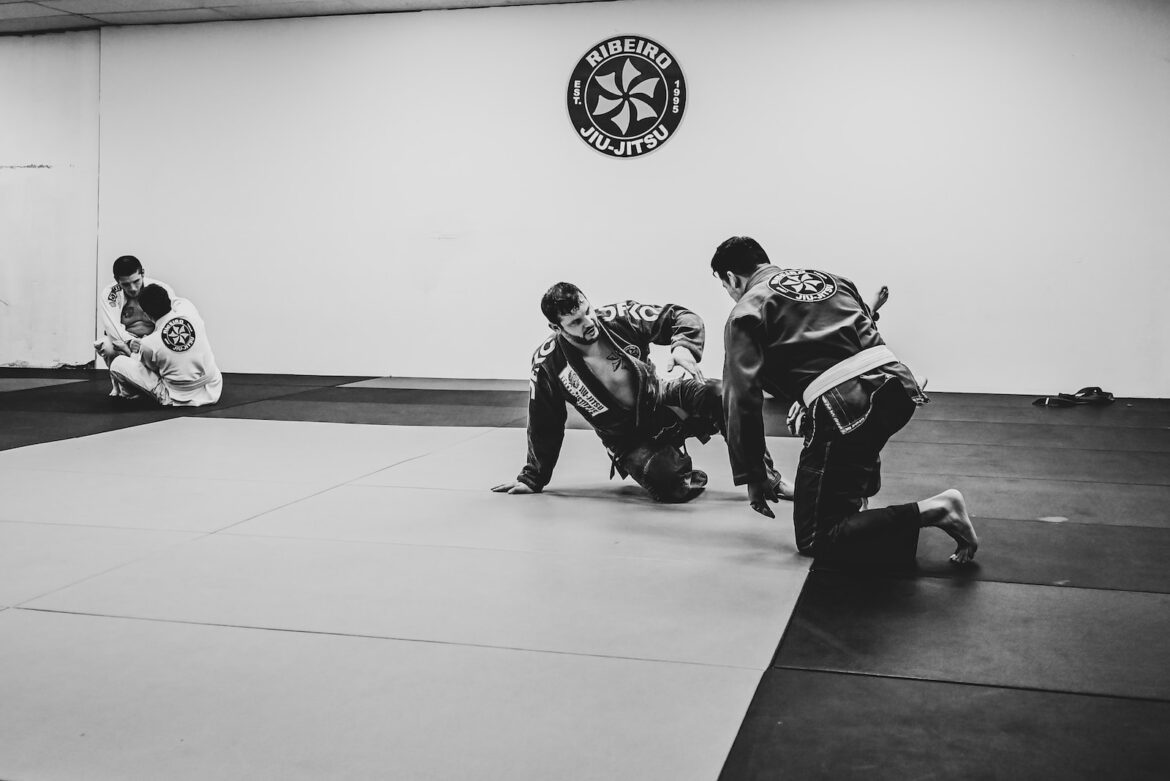Brazilian Jiu-Jitsu (BJJ), a martial art and combat sport, has gained immense popularity worldwide. Its unique emphasis on ground fighting and submission holds sets it apart from other martial arts. This blog delves into the fascinating science behind BJJ techniques, demonstrating how a blend of biomechanics, physiology, and strategy makes it an effective and sophisticated discipline.
The Roots and Evolution of BJJ
Brazilian Jiu-Jitsu originated from the Japanese martial art of Judo, which was itself a derivative of traditional Japanese Jujutsu. In the early 20th century, Mitsuyo Maeda, a Judo master, brought these techniques to Brazil, where the Gracie family adapted them, giving birth to what we now know as BJJ. This evolution was marked by a focus on ground fighting and submission, making it unique and distinct from its Judo roots.
The Role of Biomechanics in BJJ
The effectiveness of BJJ lies in its scientific approach to combat. Here, biomechanical principles play a pivotal role.
Leverage: A Core Principle
Leverage is a fundamental concept in BJJ. It allows a smaller practitioner to apply force efficiently against a larger opponent. By using the lever principle, BJJ fighters can multiply force through positioning and technique, enabling them to control and submit opponents who may be physically stronger.
The Importance of Balance and Base
Maintaining balance and a strong base is crucial in BJJ. A fighter constantly works to disrupt the opponent’s base, making them vulnerable. This is often achieved through sweeps and takedowns, grounded in the understanding of the human body’s center of gravity.
Joint Locks and Chokes
BJJ extensively uses joint locks (like arm-bars and knee-bars) and chokes. These techniques apply force to vulnerable parts of the body, exploiting the limits of joint mobility and the need for blood or air flow. The scientific application of force in these techniques can lead to submissions without the need for brute strength.
The Physiology of BJJ
Brazilian Jiu-Jitsu is as much a physical challenge as it is a mental one.
Endurance and Strength
BJJ demands both muscular strength for explosive movements and cardiovascular endurance for sustained effort during grappling exchanges. Regular training leads to improved muscle conditioning, crucial for executing techniques effectively.
Flexibility
Flexibility plays a significant role in BJJ, aiding in both defense and attack. The ability to move joints through a wide range of motion can be the difference between escaping a hold or being submitted.
Mental Resilience
The psychological aspect of BJJ is often underestimated. It requires strategic thinking, patience, and the mental toughness to remain calm under pressure. This mental resilience is as crucial as physical prowess.
Strategy and Technique: The Heart of BJJ
BJJ is often likened to physical chess due to the depth of its strategic elements.
Position before Submission
A cardinal rule in BJJ is securing a dominant position before attempting a submission. This strategy minimizes risk and maximizes control over the opponent, setting the stage for a successful submission.
Adapting to Opponents
BJJ practitioners learn to adapt their techniques based on their opponent’s size, strength, and skill. This adaptability is a testament to the art’s depth and the practitioner’s understanding of biomechanical principles.
Drilling and Sparring
Mastering BJJ techniques requires rigorous drilling and sparring. Drilling ingrains muscle memory, while sparring provides the practical experience necessary to apply techniques in dynamic and unpredictable situations.
The Broader Impact of BJJ’s Science
The scientific principles underpinning Brazilian Jiu-Jitsu techniques not only make it an effective martial art but also provide insights into human biomechanics and physical conditioning. Understanding these principles can benefit athletes, physical therapists, and anyone interested in the mechanics of the human body. BJJ demonstrates how technique, when grounded in scientific understanding, can level the playing field, proving that strength is not just about physical size but also about the strategic and efficient use of one’s body. This martial art continues to evolve, combining ancient wisdom with modern scientific understanding, making it a fascinating study and a powerful practice.
